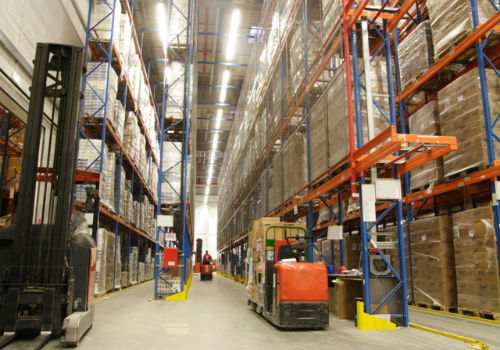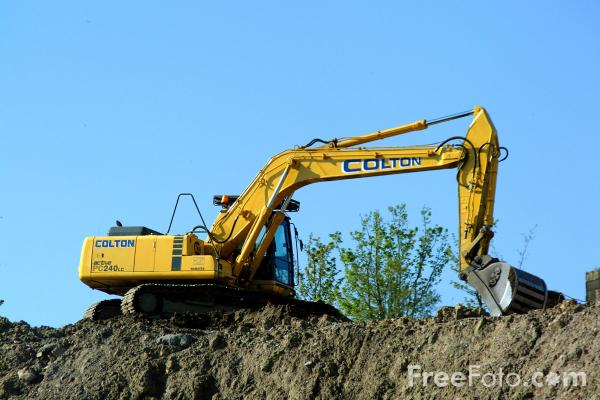EAFs or electric arc furnaces are used to melt a variety of different types of metals. This includes use in foundries to produce iron as well as in the processing of scrap metals. Unlike the more traditional blast furnace, the electric arc furnace uses an electric arc to heat and melt the metal.
With the ability to reuse scrap metal through the development of efficient EAFs, metal can be created with less energy that mining and processing of new ore. In addition, these furnaces do not need the intensive heat to create the melting process, so they can be cycled on and off when not required or when in use, resulting in less overall energy use and cost of operation.
The Importance of Graphite Electrodes
For the operation of an EAF, it will be essential to use high-quality graphite electrodes. There are different grades and specifications of these electrodes available through top suppliers, allowing for the match of the right electrode for the right EAF.
The two general categories of these electrodes are the small diameter graphite electrode (SDGE) or large diameter graphite electrode (LDGE). In general, SDGE has lower carrying capacity which may make LDGE the correct choice for the bigger EAFs.
There are four different grades of graphite electrodes that are used in these applications. They include:
HD – high power
HP – high power
SHP – super high power
UHP – ultra high power
The SDGE may also be found in RP (regular power), normal power NP) and medium-power (MP) designations. As LDGE use the pure 100 premium high-grade needle coke while the SDGE includes a blend of high-grade needle coke and low-grade anode coke, the LDGE are typically only found at the HP designation or above. The LDGE also have a lower range of porosity as well as a lower resistance rating when compared to SDGE, which is also a difference when comparing the two.



